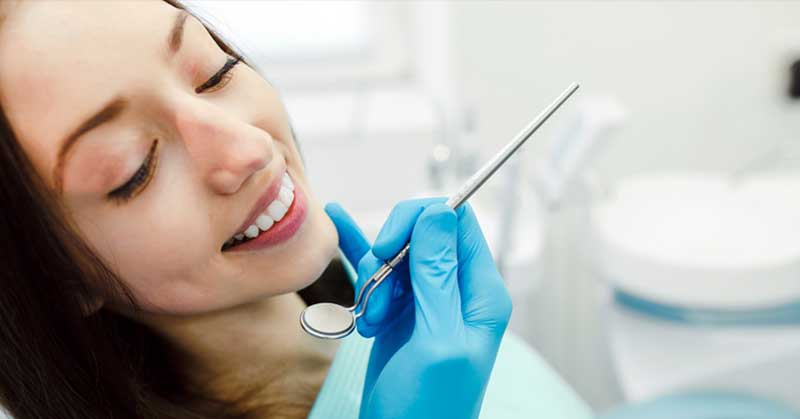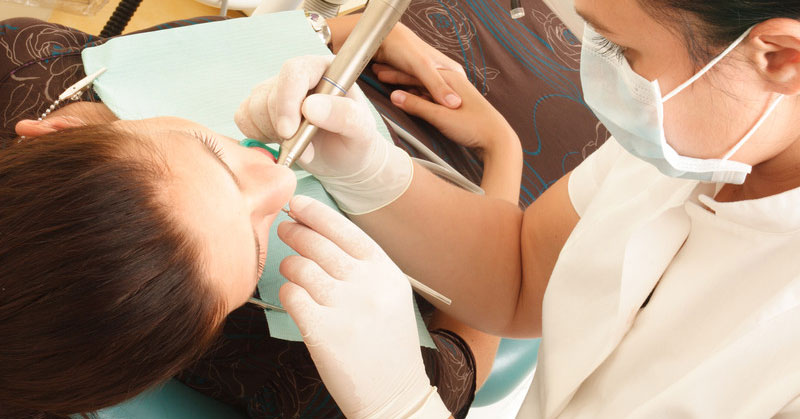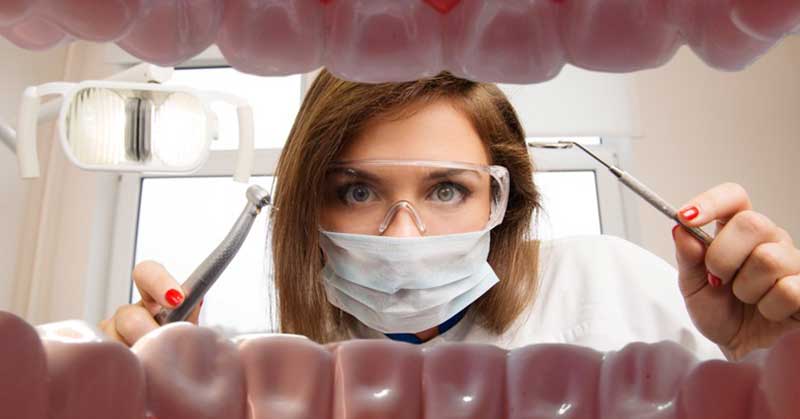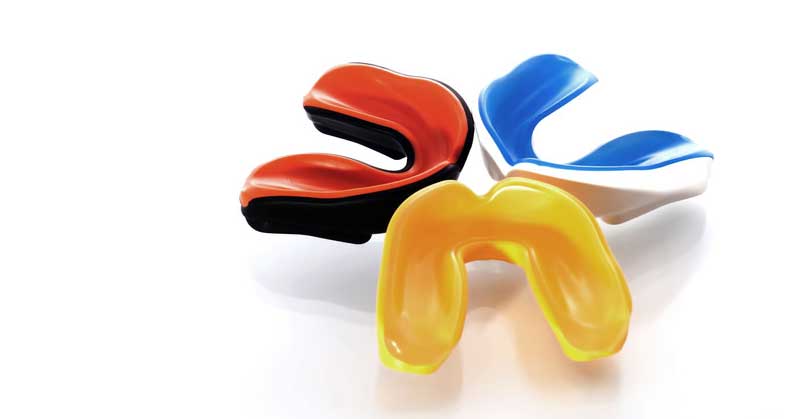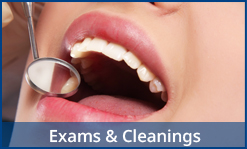If you’re like most parents, summer is a busy time of year. Whether you’re juggling getting kids to summer school or other activities, or just trying to keep up with your family when your kids are around the house all day long each day, summertime can be a hectic time for parents. But just because it’s busy, don’t forget to keep your little ones on the straight and narrow when it comes to their teeth and gums. Here are a few reminders to help you maintain good oral health for your kids throughout the summertime months.
- Keep them away from sugar. We know – this sounds like a nearly impossible task. But believe it or not, there are plenty of healthy snacks that your kids will actually enjoy, and that will be good for their teeth and gums at the same time. Instead of letting them have baked goods and candy, give your little ones cheese and nuts at snack time. Celery and no-sugar peanut butter is another great choice.
- Give them plenty of water. Making sure your kids are hydrated during the hot months is not only good for their overall health – it’s essential for their oral health as well. Water is the best choice. In fact, sugary sodas have been shown to be one of the major contributors to cavities, so keep them away from soda except on rare occasions. Tap water is actually the best choice if you live in a community with fluoridated water since your kids’ teeth will benefit from the extra dose of fluoride.
- Make sure they stick with their daily oral hygiene routine. Just because school is out of session doesn’t mean brushing and flossing are over too! Remind your little ones to brush twice a day and floss at least once a day. If you need to – especially if they’re very young – watch them as they brush to make sure they’re being thorough. It helps to buy a kid-friendly toothbrush and toothpaste too.
- Keep their teeth protected. Summertime sports activities can be hazardous for your kids’ teeth. If they play sports – or even if they just stay active by playing outside – make sure they wear mouthguards to protect their teeth. You can ask your dentist to create a custom mouth guard for your little one, or you can just buy a one-size-fits-all style at a sporting goods store. The custom guards work better than the generic style, but any protection is better than none at all.
For kids, it can be tempting to not only take a break from school during the summer, it can also seem like a good time to take a break from other daily routines, like brushing and flossing. Keep your little ones on track this summer so they can enjoy good oral health all through the summertime months.




